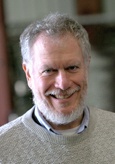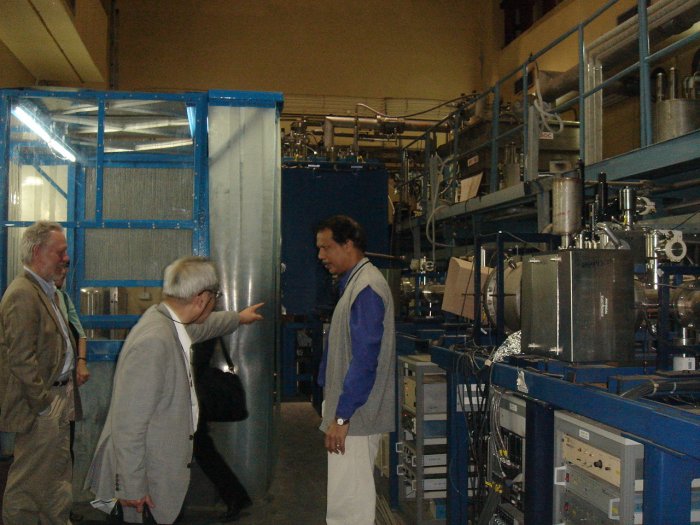Director's Corner
27 March 2008
The next step towards the ILC — building a truly global team
Today's issue features a Director's Corner from Marc Ross, Project Manager for the Global Design Effort.
It has been roughly a year since the completion of the Reference Design Report (RDR) and the creation of a project-oriented design effort. It is reasonable, therefore, to look broadly over our accomplishments and the direction in which we are heading.
The Reference Design is the baseline, adopted through consensus, which is the cornerstone of our activities. We now must establish both the feasibility and credibility of that design through tests, further design and review. Developing consensus and subsequently soliciting and realising support for specific tests can be a difficult task, but it is fundamental to the Technical Design Phase (TDP) process. Work on main linac technology is our most valuable R&D effort, and as we look back on the past year we can count the reduction of field emission in nine-cell cavity tests, development of the 'plug-compatible cryomodule' design concept and successful tests of the power generation and distribution system among our achievements. In addition, we expect to complete commissioning and begin full utilisation of new superconducting radio frequency (SCRF) cavity processing and testing infrastructure in the US and Japan. Our other big investment, preparation for beam tests, also progressed substantially this year with the development of the CESR Damping Ring Test Accelerator (CesrTA) at Cornell for damping ring beam dynamics studies and the construction of the ATF2 facility at KEK for studies of the beam delivery system and the machine-detector interface. Both facilities will see 'first beam' in 2008.
Of the items listed above, I would like to elaborate on the 'plug-compatible cryomodule' design concept, the central topic of Akira Yamamoto's corner on 28 February. Our work is based on contributions of 'in-kind R&D', where institutes or individuals provide their results to the ILC and in return, among other things, their own knowledge is increased and their infrastructure improved. It is critically important to provide a flexible framework within which we can develop the technology and achieve TDP goals. The 'plug-compatible' concept makes both available through the careful definition of interface specifications. Given well defined interfaces, again developed through consensus, we can actively solicit new ideas and develop new team members.
The Global Design Effort (GDE) derives its greatest strength as a 'global equipartition' model of scientific collaboration. It is quite important to make the most of that until the project matures to the point where a central team is chosen and / or a site is selected (see this previous Director's Corner). The 'global equipartition' model not only gave us strength to withstand recent ups and downs - and face the ones to come,- it also attracts newcomers and can cement relationships within the existing team. With that in mind, Akira Yamamoto and I travelled to four Indian accelerator laboratories two weeks ago, ably escorted by a frequent visitor to India, Shin-ichi Kurokawa of KEK, to talk about ILC R&D and to invite their participation as 'equi-partners' in the multi-lateral GDE organisation. Judging by their enthusiastic response, and by the very impressive growth now underway at these labs, we expect to return soon and to expand such visits to include similar institutions.
I mentioned earlier that establishing credibility through further design and review is a 'must' for the TDP. In the last two months, we gave this process a starting push through the creation of a 'cost-reduction working group' and the formulation of a strong, well connected internal review panel, termed the 'Accelerator Advisory Panel' (AAP). With the former, we will carry on and escalate the process of refining the Reference Design, motivated by the need to contain - and hopefully to reduce - the cost and strengthen the design. The AAP and the related review panel - the 'Project Advisory Committee' - will help guide us through the process.
We will, both for financial reasons and to allow greater focus, from now on reduce the number of general GDE meetings from three to two per year. We expect one of these to be 'thematic' while the other retains a comprehensive approach. Our two upcoming 2008 meetings - one with a 'siting & staging / strategy' theme at Dubna in June and the other, with an all-encompassing agenda, at Chicago in November (LCWS08) - are the first examples. At the 2008 meetings, we expect to develop a strategy that captures the essentials listed above, namely demonstrating the feasibility of choices made for the RDR, providing a framework for growth in the community and tackling the challenge of making the ILC project practical and preparing us to initiate the proposal submission process.
-- Marc Ross


